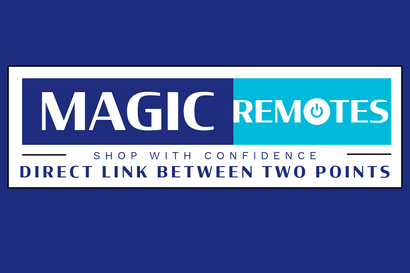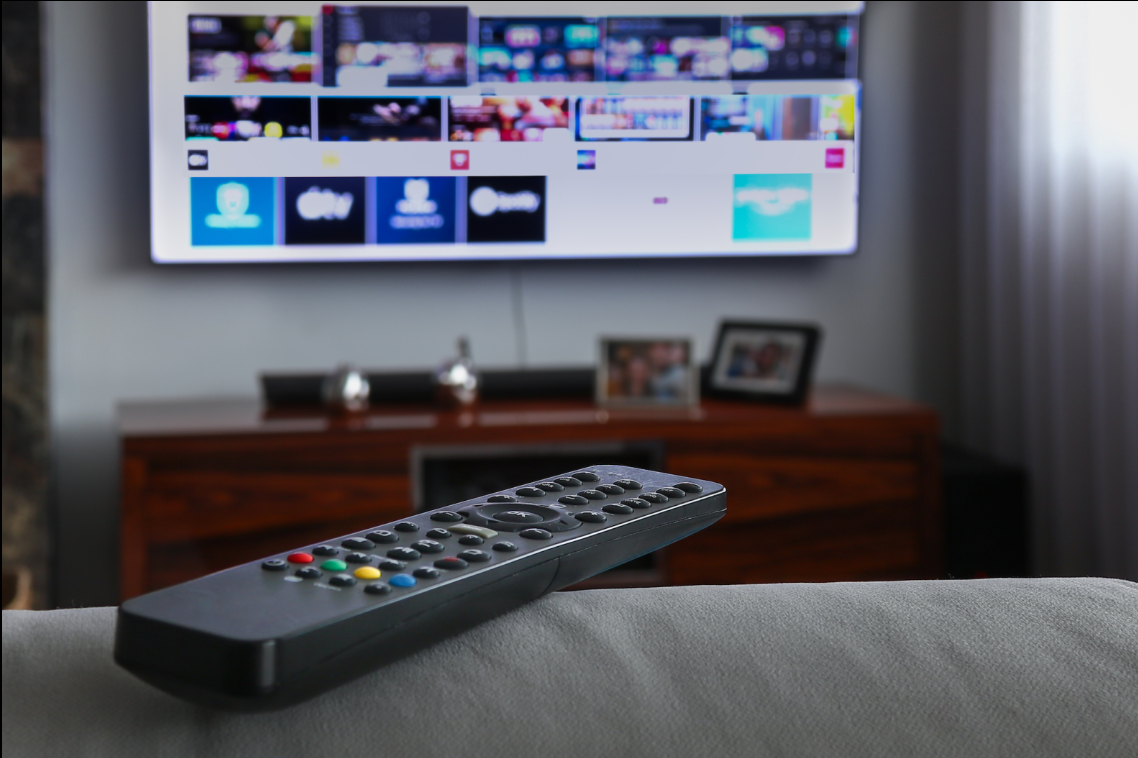How to Choose the Right Remote Control for Your Home Entertainment System
Finding the perfect remote control for your home entertainment system can make your viewing and listening experience seamless and enjoyable. With the wide variety of options available on the market, it can be challenging to know which remote control is the right fit. This guide will walk you through key considerations and tips to help you choose the best remote for your needs.
1. Understand Your Device Compatibility
The first step in selecting a remote control is determining which devices you need it to operate. Common components of a home entertainment system include:
-
TVs
-
Audio receivers
-
Streaming devices
-
Blu-ray/DVD players
-
Gaming consoles
-
Soundbars
If you have multiple devices, a universal remote may be the best solution, as it can control various brands and models. On the other hand, brand-specific remotes are ideal if you primarily need to replace or control one specific device.
2. Consider the Type of Remote Control
There are different types of remote controls based on how they communicate with devices:
-
Infrared (IR) Remotes: These require a direct line of sight to the device and are the most common type.
-
Radio Frequency (RF) Remotes: These do not need a direct line of sight and can operate through walls or cabinets.
-
Bluetooth Remotes: These pair directly with devices and are common with streaming gadgets like Roku or Apple TV.
-
Wi-Fi Remotes: Often found in smart home systems, these can control devices over a Wi-Fi network.
3. Evaluate Smart Home Integration
If your home is equipped with smart devices, look for a remote control that integrates with voice assistants like Amazon Alexa, Google Assistant, or Apple HomeKit. Many smart remotes can also control lights, thermostats, and security systems.
4. Look for User-Friendly Features
A good remote should be intuitive and easy to use. Consider the following features:
-
Backlit Buttons: Useful for controlling devices in the dark.
-
Touchscreen Display: Provides a modern interface and customizable controls.
-
Programmable Macros: Allows you to perform multiple actions with a single button press (e.g., turning on the TV, audio system, and streaming device simultaneously).
-
Ergonomic Design: Comfortable to hold and operate.
5. Battery Type and Life
Check whether the remote uses replaceable batteries (like AA or AAA) or comes with a rechargeable battery. Rechargeable options may be more convenient and eco-friendly over time.
6. Budget Considerations
Remote controls range from budget-friendly basic models to high-end smart remotes. Set a budget based on your needs:
-
Under $30: Basic IR remotes suitable for single-device control.
-
$30 to $100: Mid-range universal remotes with additional features.
-
Over $100: Advanced remotes with smart home integration and extensive device compatibility.
7. Check for Customer Reviews and Brand Reputation
Before purchasing, read customer reviews to learn about real-life experiences. Reliable brands such as Logitech, OMETTER, and GOUYESHO are often praised for durability and functionality.
8. Easy Setup and Programming
Some remotes require complicated setup processes, while others offer simple plug-and-play functionality. Look for remotes that come with clear instructions or app-based programming to make the setup process easier.
Conclusion
Choosing the right remote control can transform your home entertainment experience by simplifying how you manage your devices. By considering compatibility, communication type, smart features, and your budget, you can find a remote that meets all your needs. Whether you’re replacing a lost remote or upgrading to a universal model, making an informed decision will ensure your entertainment system is always within easy control.



















